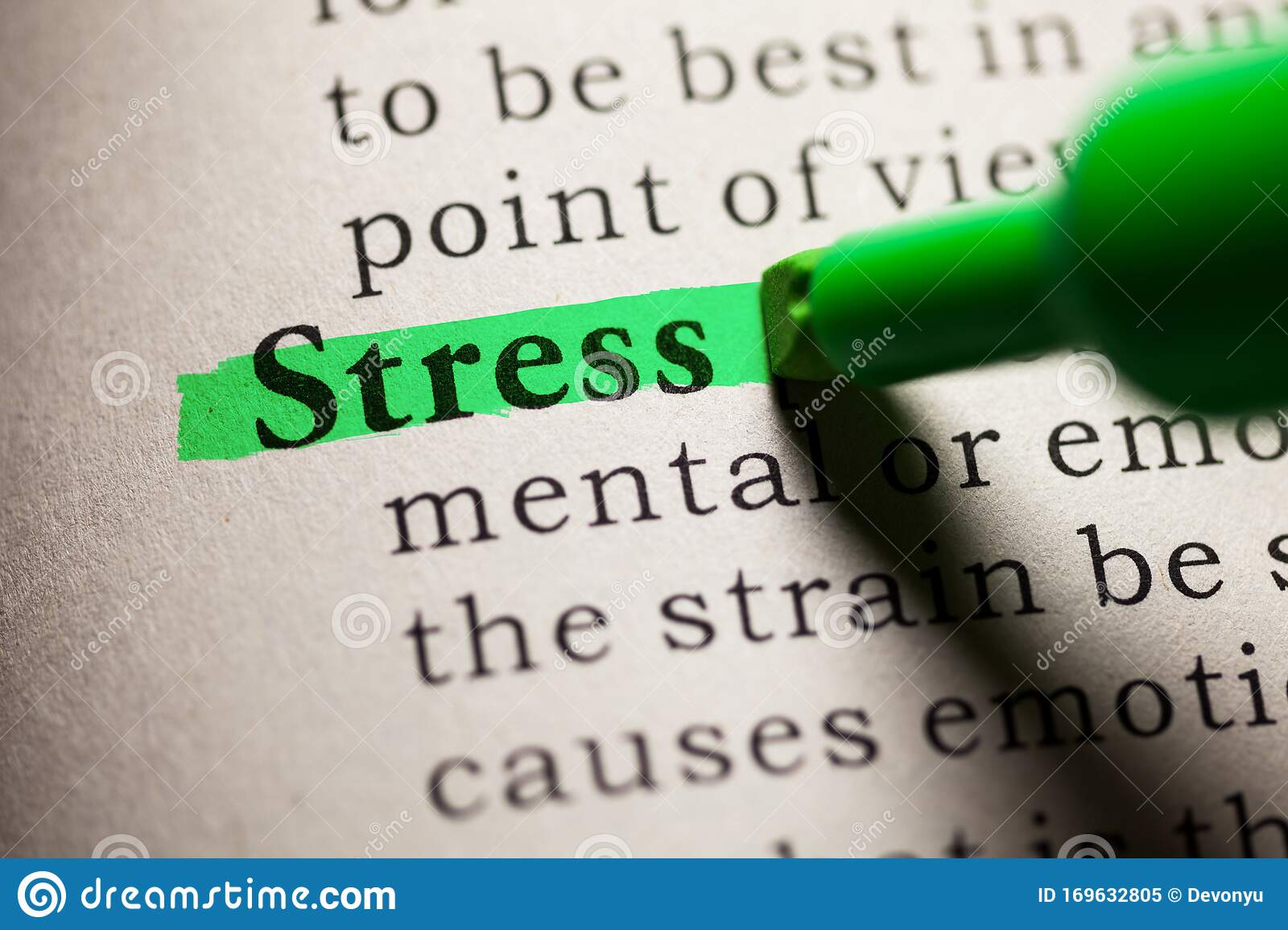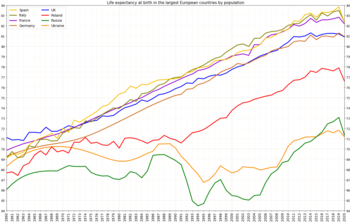
Although you've likely seen a BMI chart before you might not be familiar with it. BMI charts are visual representations of height and weight. It gives you an idea of a healthy weight range and can help you make informed decisions about your body weight. The chart indicates a person’s height, weight, and age in relation to height and years. This is a quick way to calculate your BMI.
Look at the BMI chart and find your weight in pounds. Then, measure your height in feet and inches. Look across the chart to find your BMI. The first chart should be used if your BMI is less than 245. The second chart is for those with a BMI greater than 245. The BMI chart shows you where you are overweight. If you are in the 35-39.9 area, you probably fall into class 2. If you are over 40, you may be obese. If you fall somewhere in between, you should choose the second.

BMI isn't an exact science. It is an imperfect measurement, but it accurately reflects a healthy weight. Although it's not perfect, it is a good tool to help you make healthy decisions about your weight and health. A BMI chart will help you determine if you're obese or overweight and what you can do to get in shape.
For people with difficulty using the calculator, a BMI chart can be helpful. BMI calculations don't take into consideration your gender, sexuality, or pregnancy. This means that you may need to adjust the numbers for your specific needs. BMI is just one factor to consider. However, you must use the calculator to make informed decisions. Making informed decisions is the most important thing.
When using a BMI chart, remember that a higher number means that you are more likely to develop disease. Your BMI helps you keep track of your weight, height, and other important information. It is useful in tracking your progress throughout time. With the help a BMI Chart, you can identify whether you are overweight or obese and then choose the best diet and exercise plan. If you're in doubt, visit your doctor and get an accurate BMI chart.

A BMI Chart is an excellent tool for parents. Although children's BMI may be different from adults', it is still useful for parents to have a general idea about their child's weight. Healthy BMI ranges from 18.5 to 24.9 for women, while a healthy weight ranges from 18.5 to 24.9 for women. Pre-pregnancy BMI is a useful tool for pregnant women to calculate how much weight she will gain.
FAQ
What is the best way to train?
It all depends upon what you are trying to achieve. To build muscle mass, you should first lift heavy weights. Then move into cardio. Then if you want to lose weight, go from cardio to strength training.
Cardio is a great way to lose fat if you are just looking for a quick workout. Add strength training to your workouts.
You should do cardio last if your goal is to increase muscle mass. This stimulates growthhormones, which helps build muscle mass.
Also, eat before you workout. This will fuel your muscles and make them work harder. It will also make you feel more energetic during your workouts.
Is there any benefit to doing yoga?
Yoga has existed since ancient times. It has only recently been more popular. Celebrities, as well as everyday people who are looking to stay fit and healthy, have made yoga a hugely popular choice.
Yoga is great for strengthening and stretching your muscles. It can help you relax and calm down.
Yoga and other forms exercise differ in that yoga is focused on breathing techniques.
Practice a variety of poses to increase your flexibility and balance.
What does butter do for men?
Butter is one source of saturated fats. This type fat is great for your skin and hair. It also helps you build stronger bones.
Vitamin K is also found in butter, which helps prevent bleeding from cuts or bruises. Vitamin K and vitamin B work together to prevent any bruising.
Butter is rich in minerals such as calcium, potassium, and phosphorous. These elements are good for teeth and bones.
Butter has its drawbacks. Butter contains high amounts of cholesterol. There are studies that show excess cholesterol may increase the likelihood of developing cardiovascular diseases.
Butter also contains high amounts of saturated fat, which contributes to obesity and increases cholesterol.
If you have to have butter, spread it on bread instead of dipping it in soup or salad. Bread absorbs more oil than potatoes or pasta.
Is it true to say that protein overeating can lead to kidney stones?
Protein helps maintain healthy bones and tissue. Consuming too much protein can result is calcium excretion via urine. This can cause kidney stones.
It is important that you note that not all people develop kidney stones when they consume more than 2 grams of protein per kg (2.2 pounds). Some people can eat high amounts of protein without getting kidney stones.
Your sodium intake can prevent kidney stone formation. Sodium regulates the body's water balance. Too much sodium can cause kidney stones.
You can also try reducing your protein intake if you get kidney stones. For most people, protein provides half their daily caloric requirements. You'll lose weight if you reduce your intake of protein.
If you do decide to eat more protein, don't go overboard. You should aim to consume less than 20% of your total calories from protein.
Statistics
- Cardmembers earn 5% Back at Amazon.com with a Prime Credit Card. (amazon.com)
- According to the American Heart Association, blood pressure should be checked at least once every two years, beginning at age 20. (my.clevelandclinic.org)
- According to the American Academy of Dermatology (AAD), men over 50 are at a heightened risk of developing it. (healthline.com)
- Candidates and applicants must pass all four tests at 70% (minimum level) to graduate from Basic Deputy U.S. Marshal (BDUSM) Training. (usmarshals.gov)
- By John Thompson Take a whopping 38% off a set of PowerBlock Pros. (menshealth.com)
External Links
How To
How can a man get fit in 30 days?
Breaking down fitness goals into manageable steps will help you reach your fitness goals.
It is important to work towards your goal every day. This could be as simple as doing 10 pushups and running for 3km.
If you do this consistently over time, you will see positive results.
Consistency is the key here. You have to keep at it until you succeed!
What is the difference between Aerobic Fitness and Anaerobic Fitness?
Anaerobic fitness refers the body's ability to do intense physical work while lacking oxygen. Anaerobic pathways can be used to supply enough energy during high-intensity exercise. Anaerobic pathways include glycolysis and creatine phosphate.
Aerobic fitness, however, refers to the continuous practice of low-intensity aerobic exercise. The primary source of energy for aerobic exercise is oxygen. The aerobic pathway is more efficient than the anaerobic.
You must build your aerobic capacity before you can run a marathon. If you only focus on building up your anaerobic capacity, you won't be able to finish the race.
Aerobic fitness also refers to cardiovascular fitness. Step tests and VO2 max testing are the most popular methods to measure cardiovascular fitness.
VO2 Max Testing
The maximum amount of oxygen (O2) the body can use during exercise is called VO2 max. This test measures the amount O2 that the body can use when exercising.
This test can measure your cardiovascular fitness accurately. This test requires expensive equipment, and highly qualified professionals to administer.
Step Tests
Step tests can be used to assess cardiovascular fitness. They are easy and effective. They involve walking or jogging on a treadmill or track for a certain duration based on your age and weight.
These tests can be conducted almost anywhere and are cheap, simple, and easy. You could, for instance, run on a treadmill for two minutes, rest for one minute, and then go back to the starting point for 20 minutes. Your heart rate should remain within a specific range throughout the whole session.
This is the "Bruce Protocol". Bruce himself was a runner who developed this protocol after he realized that his heart rate would not increase when he ran longer distances.